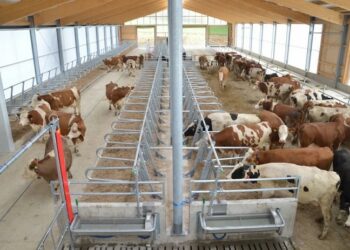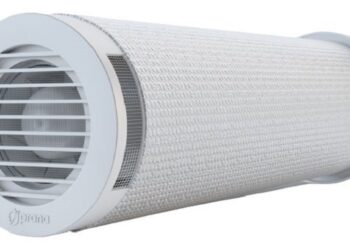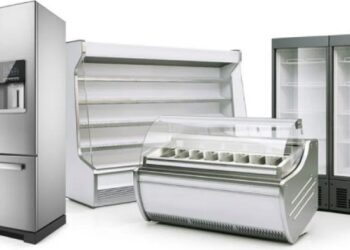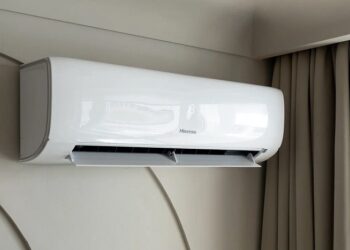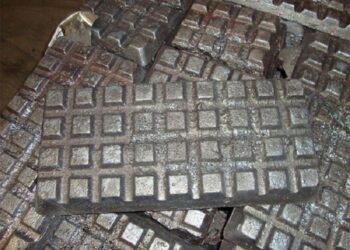If you take the entire range of laminate and reduce it into a single whole, then you can Viyaviti, ShO, despite the apparent non -prosperity, the model range is quite final. Just to understand this, you need to focus not on the appearance of the panels, but on their operational characteristics. And already the characteristics will just give an accurate answer to the question whether the specific type of laminate for office premises is suitable, or is it oriented purely to “home conditions”. It’s all about calculated loads. So if some panels behave perfectly for a long time, absolutely unable to abrasion and deformations, then others lose color and begin to “walk” excessively after a couple of months of work. Zvikhi can be objected, they say, a lot depends on the manufacturer, and this is to some extent so. But still there is no need to discount the functional intended of the coating. OSE, how to choose a laminate?
From the above it follows that the laminate is of two types: household and commercial. Jumeira Rotana – Dubai uses high -quality laminate, resistant to abrasion.
In this case, there are six classes indicating the properties of panels. For their designation, digital marking was introduced: “21”, “22”, “23”, “31”, “32” and “33”. The principle of such a classification is quite simple: the higher the class, the more stable the coating to mechanical loads. The “twenty” laminate is drew up, and “thirty” – covers for floors with high estimates (unit of measurement – the number of people who have passed on the floor in one day). So, the same, for the kitchen or corridor, it is advisable to choose a laminate of the twenty -third class, but for the bedroom it will already be made and the twenty -first. The same thing with a commercial analogue: “31” will meet the requirements for negotiation rooms, and “33” will be an excellent flooring for large offices, bars and gyms, hotel rooms Time Grand Plaza Hotel.
The next moment regarding the choice is moisture resistance. In this regard, the laminate is more reliable than the parquet, but the coating plate may not withstand too long with moisture. The “21st” and “22nd” grade are considered especially vulnerable, so you should not mount the floor right at the front door: autumn-spring slush will definitely come out the winner in this peculiar competition. As for the thickness of the panels, today six, seven, eight, ten, and twelve millimeters are accepted for the standards. The thickness affects the resistance to mechanical loads (the thicker, the stronger), but the main “plus” of 10 and 12 mm boards is high sound insulation (which is why they are great for floors in panel buildings of the 60-80s of construction).



